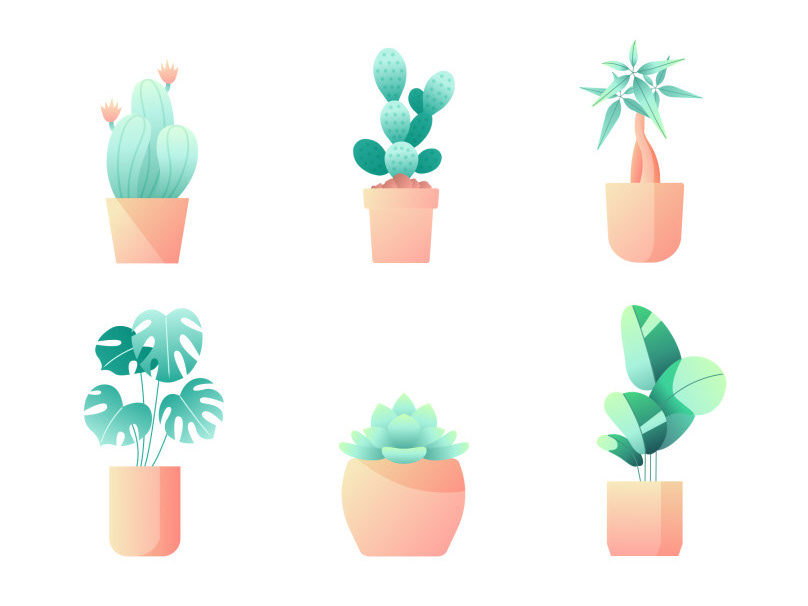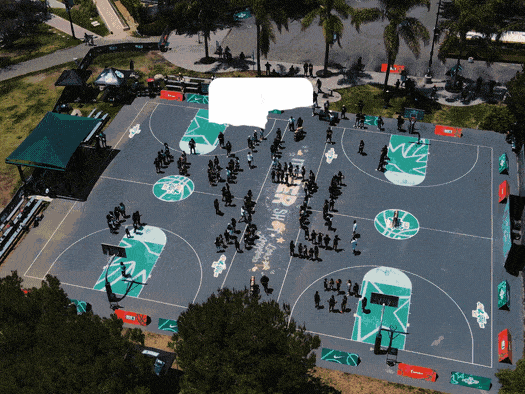Emily in Paris Motion Graphics
The Challenge
When JAX Media approached me, they had already produced two seasons of "Emily in Paris." The show featured a lot of UI animations, including text messaging and Instagram interfaces. However, they were not satisfied with the style of the animations they had. They realized they needed someone to redesign them to be cleaner, more sophisticated, and aligned with the user interfaces of actual apps and iPhones.
In addition to their design concerns, their editors were overwhelmed with editing episodes and did not have the time to redesign or create new animations. Meanwhile, their VFX team was busy with various effects work and lacked the time to focus on redesigning the graphics.
Given my skills in motion graphics and my background in graphic design, they felt confident that I would be a great fit for the job.
The Solution
We had already begun editing the season, which meant we had to hit the ground running to create new graphics. Although it’s not ideal to design while animating, it was necessary in this instance.
The editors added temporary graphics and provided me with references for timing and placement. For example, when Emily, the main character, sent a text message to another character, the message had to pop up as she was typing it.
All the UI graphics had to closely resemble the interfaces of the phones or apps being used. I needed to establish a visual language that distinguished when someone was sending a text message on an iPhone versus a Samsung device or sending a direct message on Instagram.
Additionally, we faced the challenge of working with two languages on the show. When a French-speaking character texted another French-speaking character, we recognized they wouldn't be typing in English, despite the show being primarily aimed at an English-speaking audience. To address this, I decided to animate the text in French first, then quickly transition to English, ensuring that both French and English speakers could understand it.
Once I established the design language for all the different graphics, I focused on optimizing the After Effects project to create graphics rapidly. Consistent type size and spacing were essential for every graphic. To achieve this, I created an After Effects toolkit and used a plugin that allowed me to input all the text data into a spreadsheet; the plugin would then generate the new graphics based on that data. Afterward, I would match the graphics to the timing references provided by the editors. This approach saved me hours, if not days, of work.
The editors and I established systems and workflows that facilitated easy communication and file exchange.
The Results
The show's creator, Netflix, and the producers were all satisfied with the graphics and quickly approved both the design and animation. I was also brought back to work on the graphics for Season 4.
Below are two examples of graphics. The video on the top is an example of graphics from before I joined the show, while the second video are the ones I created for Season 3.
Graphics Example from Season 1 (before I joined)
Graphics I created for Season 3
Although not directly related to graphics, Season 2 of *Emily in Paris* (before my involvement) was watched for 107.6 million hours globally. In contrast, Season 3 (which included my graphics) was viewed for 117.6 million hours in its first week, ranking second on Netflix's Top 10 list worldwide. Although viewership numbers for Season 4 have not been officially disclosed, the first part of Season 4 topped Netflix's global charts upon its release, indicating strong viewer interest.











